Minimum Salaries Around the World: A Global Review 2025

In today’s volatile and rapidly transforming global economy, the question of what people get paid at the bottom is no longer just a matter of economic theory, it’s a matter of urgency.
After a sharp dip in 2022, global real wage growth began to rebound in 2023 and 2024. That’s good news on the surface, but the recovery is uneven. While some countries acted decisively with policy interventions and index-linked adjustments, others lagged. The result? A widening gap between low-wage workers and the rising cost of basic needs. Too many workers (especially in the informal or gig sectors) are still seeing their purchasing power shrink even as economic indicators suggest growth.
What makes this issue more complicated is that there’s no “one size fits all” approach. Minimum wage systems differ not only across countries but often within them. Europe shows a well-stratified structure of wage floors. Asia and North America have decentralised, often politicised, frameworks. Meanwhile, Africa faces persistent systemic hurdles: structural unemployment, weak enforcement mechanisms, and in many cases, stagnant or declining real wages.
Coach4expats offers a timely and essential overview of how minimum wages are shifting across continents in 2024–2025. We’ll explore recent legislative changes, compare regional systems, and analyse how effectively wage policies are adapting to inflation and evolving labour markets. Drawing on key data from the ILO, WageIndicator, Eurostat, and the OECD, the aim is to present not just a snapshot of where things stand—but where they may be heading.
Global overview of minimum salary trends
Between 2022 and 2024, we’ve seen a shift. After wages fell in real terms in 2022, they started to bounce back, growing by 1.8% in 2023 and expected to rise by 2.7% in 2024, the biggest jump in over 15 years. That’s encouraging, but it’s not the whole story. In many places, wages still aren’t keeping up with rising prices. So while some progress is being made, a lot of workers are still waiting to feel the difference where it matters: in their everyday lives.

Key global trends (2024–2025): progress with potholes
Behind these global averages lies a much messier, more fragmented story. In nearly 45% of the 160 countries with available data, minimum wages failed to keep up with inflation in 2023. That means tens of millions of low-wage workers are still losing ground—paying more for less, despite nominal wage increases. The gap between policy intention and lived reality remains wide.
From 2021 to 2022, the median country saw a 7% drop in purchasing power among minimum wage earners. That erosion is more than a stat—it’s a grocery bill, a rent payment, or a utility shutoff notice for those on the edge. And while wage floors are now beginning to rise in many countries, the lag in adjustment has left a scar. As the ILO notes, “lower-income earners are the most impacted” by delayed responses, underscoring the critical need for more agile and responsive wage-setting mechanisms.
Moreover, regional disparities in wage growth reveal just how uneven this moment is. Africa saw a real wage decline of -2.4% in 2023, while Northern America flatlined and much of Europe experienced minor declines. In contrast, Central and Western Asia—buoyed in part by Türkiye—posted a 25.1% increase. These kinds of spreads are not just statistical—they’re political, economic, and social signals of divergent recovery paths and policy responses.
Comparative metrics: how we measure what matters
To make sense of the complexity, we rely on a mix of indicators that help tell a more nuanced story than raw wage levels can alone. Among the most critical:
| METRIC | WHAT IT MEASURES |
| Real Minimum Wage Growth (%) | Tracks changes in minimum wages adjusted for inflation—shows true purchasing power. |
| Purchasing Power Parity (PPP) | Normalises wages across countries by reflecting differences in cost of living. |
| Kaitz Index | Compares minimum wage to median wage—used to assess wage fairness and compression. |
| Cost-of-Living Indices | Evaluates whether wage increases keep up with rising costs of essentials like rent, food, and transport. |
Between 2021 and 2024, the Kaitz Index increased in 22 of 30 OECD countries, rising from 55% to 56.6% on average. That may seem modest, but it signals a positive shift—statutory minimum wages are outpacing median wages, compressing the wage distribution at the bottom. In theory, this reduces inequality. In practice, the bottom 10% of earners still claim only 0.5% of total global wages, while the top 10% capture nearly 38%. The imbalance remains stark.
Regional analysis by continent
a. Europe: one union, many realities
When it comes to minimum wages, Europe is far from one-size-fits-all. As of July 2025, there’s a huge range: from just €551 a month in Bulgaria to €2,704 in Luxembourg. In five EU countries—Denmark, Italy, Austria, Finland, and Sweden—wages are determined through negotiations between workers and employers rather than by government mandate. This highlights that fair pay can take different forms when there is strong dialogue and mutual trust.
To help make sense of the differences, countries fall into three groups:
Below €1,000/month – Such as Croatia, Slovakia, and Bulgaria
Above €1,500/month – Like Luxembourg, France, Germany, and the Netherlands
€1,000–€1,500/month – Including Spain, Poland, Greece, and Portugal

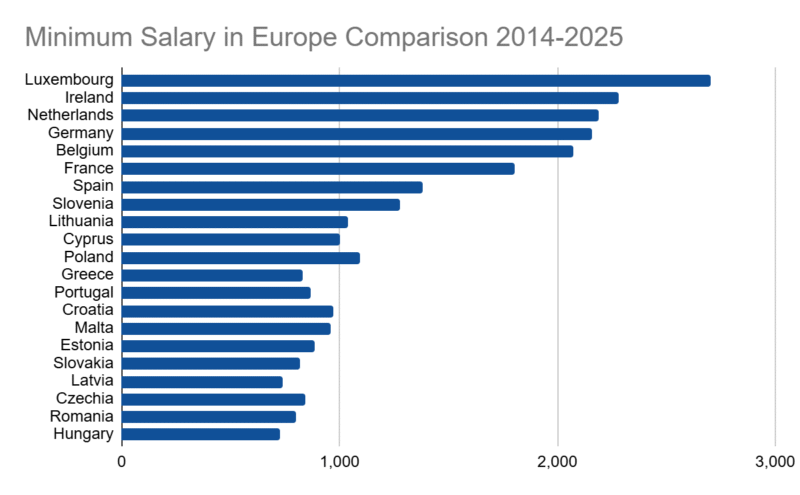
But these numbers don’t always show the full story. Some countries pay 14 months instead of 12. Others set wages by the hour, which are then converted into monthly amounts. And to really understand what workers can afford, we also need to adjust for the cost of living using Purchasing Power Parity (PPP)—because €1,000 in one country doesn’t stretch the same in another.
The gap is real. Luxembourg’s minimum wage is nearly five times higher than Bulgaria’s. In some countries, the minimum wage covers a decent share of the average income, while in others, it barely makes a dent. And in places like France, Romania, and Hungary, over 10% of workers earn close to the minimum, making every wage increase deeply personal.
b. Asia: vast and complex
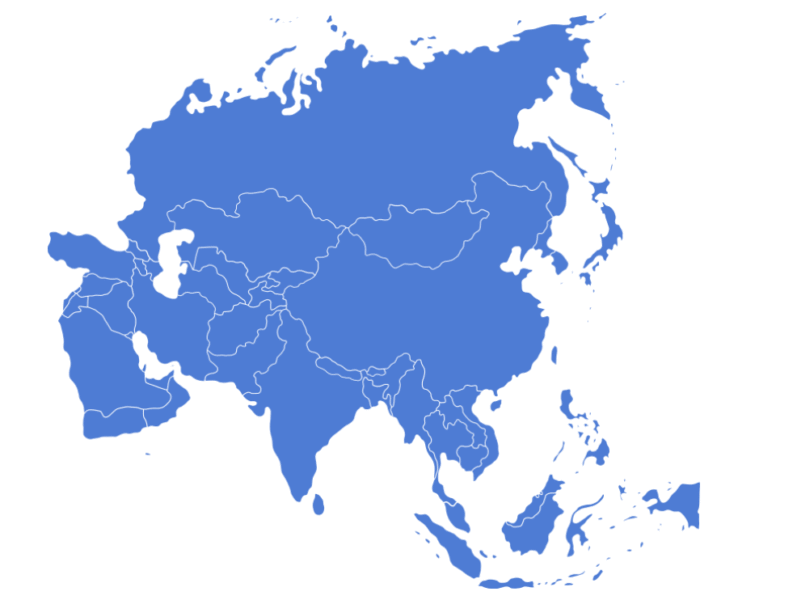
Asia is vast, diverse, and when it comes to minimum wages, deeply complex. In many countries, wages aren’t set nationally, but vary by region, city, or even skill level. That makes it tough to pin down a single number that reflects what workers actually earn.
Take Japan-Tokyo’s hourly minimum wage is ¥1,163, but in smaller prefectures like Tottori, it drops to ¥957. China and India follow similar paths, with different rates depending on the region.
In India, minimum wages are even based on job skills, from unskilled to highly skilled, so what you earn depends not just on where you live, but what you do.
What’s clear is this: across Asia, wage fairness is deeply local. And for millions of workers, the question isn’t just if there’s a minimum wage, but whether it’s enough to meet the cost of living where they are.
c. The Americas: A Colorful Mix of Wages
North America
North America shows a mixed and lively picture when it comes to minimum wages, with different rules depending on where you live—even within the same country.
- In the U.S., the federal minimum wage has been stuck at $7.25 since 2009. But many states are stepping up—California, Washington, and D.C. all have wages over $16 per hour. Some states, like Florida, keep raising their minimum wages during the year to keep up with costs. Certain workers, like those in fast food or healthcare, even have special, higher rates. Thanks to these local efforts, many workers are seeing better pay, even though the federal rate hasn’t budged.
- Canada takes a more coordinated approach. They have a federal minimum wage, but provinces and territories set their own too—some higher, some lower. Wages in places like British Columbia and Nunavut are quite strong, often adjusted automatically with inflation to protect workers’ buying power.
Mexico has been aggressively raising its minimum wage every year, with 12% increases continuing into 2025. They even have a special higher wage for the Northern Border Free Zone, recognizing regional differences in cost of living. This strong, consistent effort is about more than just numbers, it’s a push to restore dignity and fairness for low-wage workers after years of wage erosion.
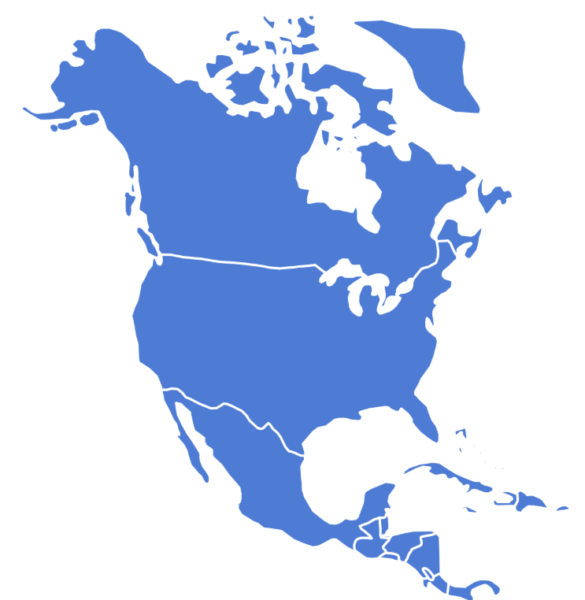
Central and south America
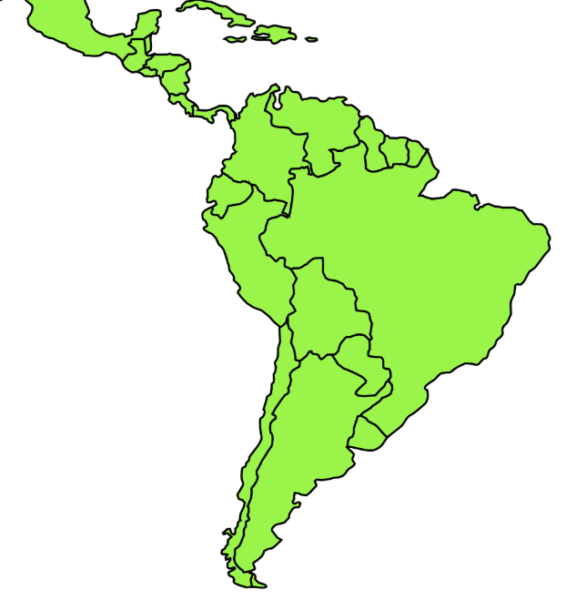
Central America is a patchwork of wages, changing by country, industry, and even region. Most minimum wages here hover between $350 and $450 per month. Some countries, like El Salvador and Panama, use the U.S. dollar directly, making comparisons a little easier.
South America’s minimum wages reflect a region tackling inflation and economic shifts. On average, workers earn about $420 per month, but there’s big variation by country.

d. Africa: Struggling to keep up
In Africa, the story of minimum wages is tough. Over the past decade, real wages have barely grown—or even shrunk—making life harder for many workers. Take South Africa: as of 2025, the minimum wage is about ZAR 28.79 per hour, set to cover many sectors and provide a basic safety net. It’s one of the few examples of a clear national minimum wage system on the continent.
But across Africa, the bigger picture is worrying. Since 2015, wages haven’t kept up, with a sharp drop of nearly 12% in 2020 that still hasn’t bounced back. Real wages have stayed flat or even fallen in recent years, meaning many people are paying more for less. This ongoing struggle shows that minimum wages in many African countries aren’t matching the cost of living, leaving millions vulnerable and pushing poverty and inequality even further.

e. Oceania: Thoughtful and flexible wage systems
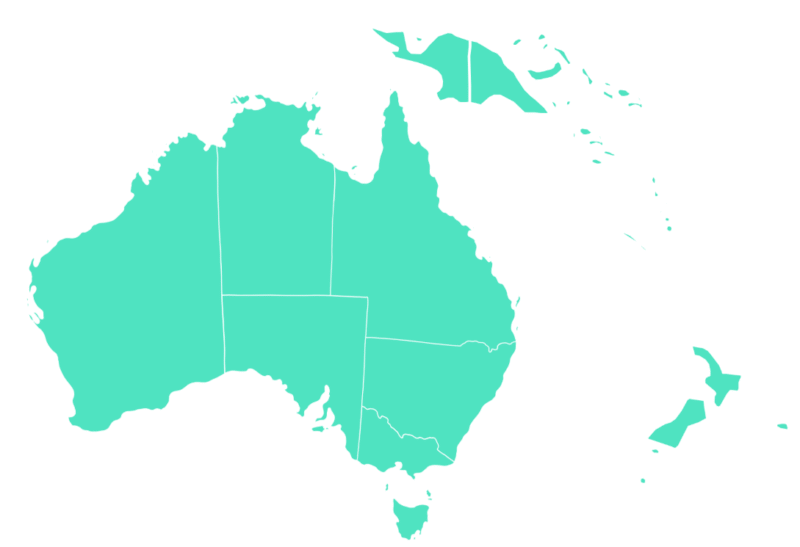
Oceania, especially Australia and New Zealand, takes a smart and detailed approach to minimum wages. In Australia, as of July 2025, the standard minimum wage is about A$24.95 per hour, but things get more nuanced depending on age and experience. Younger workers and apprentices earn less—recognizing their training and skill levels—while disabled adults get fair wages adjusted for their productivity. This system tries to protect workers while encouraging young people to join the workforce.
New Zealand follows a similar path with a tiered wage structure. The adult minimum wage is NZ$23.50 per hour, but younger or training workers start at a lower rate of NZ$18.80. This helps young and new workers ease into jobs while rewarding experience and skill growth. Both countries show a thoughtful balance between fairness and supporting workforce development.
Emerging themes: what the world is learning about wages
Every country has its own way of setting minimum wages, but a few patterns stand out. Some places, like Sweden or Denmark, let unions take the lead through collective bargaining. Others, like France or Chile, have one national rate set by the government. Then you’ve got countries like the U.S., Brazil, and Japan, where the rates change depending on where you live, by state, city, or region.
Bottom line? There’s no one-size-fits-all solution, but the goal is always the same: a fair day’s pay for a fair day’s work.
The struggles we share
All around the world, working people are feeling the pressure. Inflation is rising, prices are climbing, but wages? Not always keeping up. In fact, in 2023, nearly half of all countries saw minimum wages fall behind inflation.
What does that mean in real life? Groceries cost more. Rent goes up. But your paycheck? Stays the same. That’s a recipe for stress and one more reason minimum wages need to rise when prices do.
Smart ideas worth sharing
Some countries are getting creative, and it’s working.
France and the Netherlands automatically raise minimum wages when inflation hits.
Australia and New Zealand set different wages based on age or training—so young workers or apprentices still get a fair shake.
Uruguay and Colombia bring government, businesses, and workers together to set rates, every voice at the table.
These aren’t just policies—they’re people-first solutions. And they show that when countries listen to their workers, everyone benefits. It’s simple: People go where they can earn enough to live. When wages are too low at home, workers look elsewhere (across borders, across oceans).
So yes, minimum wage affects migration. It shapes who stays, who leaves, and what kind of future they’re chasing. Countries with higher, fairer wages attract talent. Those with stagnating wages risk losing theirs. It’s all connected.
Conclusion: what we know and where we go from here
What we’ve learned
Minimum wages matter, but it’s not just about the number. It’s about how often they go up, and who gets left behind when they don’t.
Countries that adjust often and listen to workers are doing a better job of protecting people’s real incomes.
Raising the floor helps close the gap at the bottom, but the wealthiest still take home a much bigger piece of the pie. There’s more work to do.
To truly make minimum wages work for people, we need to tie them to inflation, so paychecks don’t shrink as prices rise. Workers in informal jobs or gig roles also deserve protection, not to be left out just because the system wasn’t built for them. It’s time we let the data speak and the people too. Regular, fair, and transparent wage adjustments aren’t just good policy, they’re how you build trust in a system meant to serve everyone.
Looking ahead, the future of wages depends on how bold and compassionate we’re willing to be. As climate shifts, tech evolves, and the cost of living climbs, we need new tools like smart wage tracking, fair pay for all types of work, and regional teamwork to lift standards together. Because at the end of the day, minimum wage isn’t just about money. It’s about dignity.









